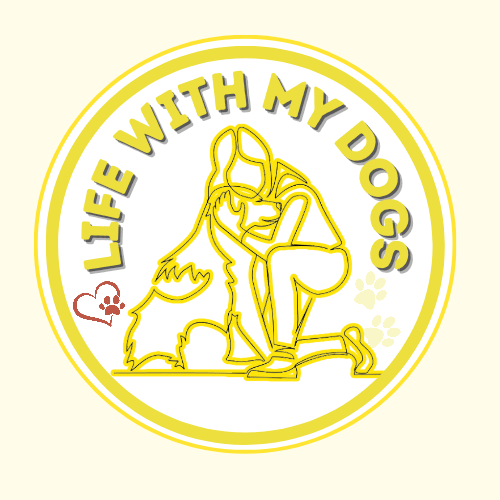LifeWithMyDogs is supported by our audience. When you purchase through one of our links, we may earn a small affiliate commission. As an Amazon Associate I earn from qualifying purchases. Your cost is not affected.
**********
Bringing a new pet into a home with senior dogs can be a heartwarming yet delicate experience. Older dogs often have established routines and preferences, making adjusting to a lively new addition challenging for both pets and their owners. Whether it’s a playful puppy or another mature companion, understanding the unique needs of your senior dogs while fostering harmony with the newcomer is essential for a stress-free transition.
By focusing on gradual introductions, creating safe spaces, and maintaining consistency, you can set the stage for a peaceful coexistence. This article will explore practical tips to help your senior dog adapt to the changes while ensuring the new pet feels welcome. With the right approach, you’ll create a balanced and happy environment that benefits every furry family member.
Making the Transition Smooth: Welcoming Puppies to Your Older Pup’s Home
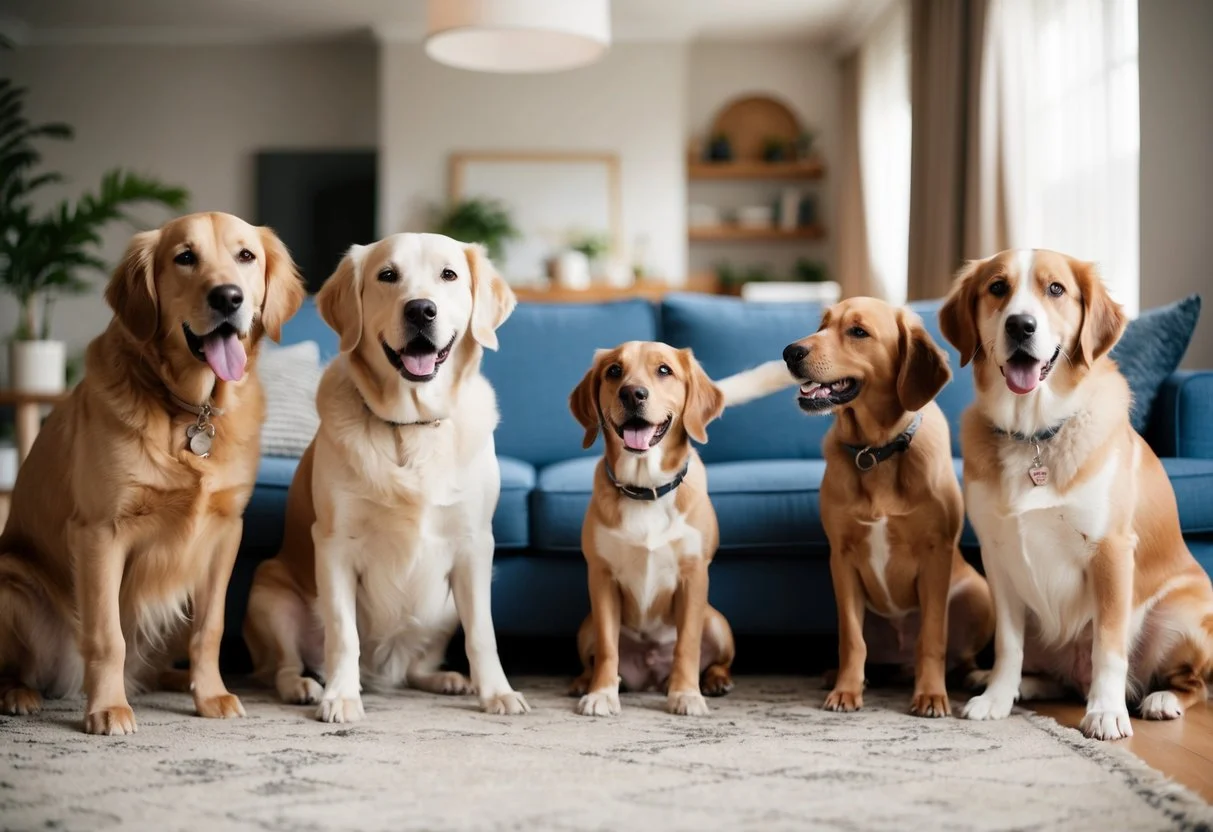
Adding a new pet to a home with senior dogs can be exciting and challenging. As someone who’s been through this, I know it takes careful planning and patience. Bringing a new dog into your senior dogs’ lives can provide companionship and help keep your older pets active and engaged. But it’s crucial to make the transition smooth for everyone involved.
I’ve learned that each dog is unique, and what works for one may not work for another. That’s why paying attention to your senior dog’s needs and personality is important when introducing a new furry friend. Creating a calm and secure environment is key to helping your older dog feel comfortable with the changes.
Key Takeaways
-
Assess your senior dog’s temperament before bringing a new pet home.
-
Create separate spaces for each dog to help ease the transition.
-
Provide plenty of attention and positive experiences for both dogs.
Understanding Senior Dogs
Older dogs go through many changes as they age. These changes affect their bodies and minds. I’ll explain what to expect and how to care for older dogs.

Physical and Behavioral Changes
As dogs get older, their bodies slow down. They may have trouble seeing or hearing. Some older dogs have stiff joints and can’t move as easily. I’ve noticed many older dogs sleep more and play less.
Older dogs can also act differently. They might get confused or anxious more often. Some forget their training or have accidents in the house. It’s not their fault – their brains are changing too.
I’ve found that patience is key with older dogs. They need more time to do things and may need help with stairs or getting into cars. It’s important to keep them active but not overdo it.
Nutritional Needs and Health Considerations
Older dogs need special diets to stay healthy. I make sure to feed my older dogs food made for seniors. These foods have:
-
Fewer calories to prevent weight gain.
-
More fiber for digestion.
-
Added nutrients for joint health.
Regular vet check-ups are super important for older dogs. They can catch health problems early. I always watch for signs of pain or illness in my senior pups. Some common health issues in older dogs are:
• Arthritis.
• Dental problems.
• Heart disease.
• Cancer.
I give my senior dogs supplements for their joints and cognitive health. It’s also key to keep their teeth clean and watch their weight. Older dogs can stay happy and comfortable for years with the right care.
Preparing for a New Pet
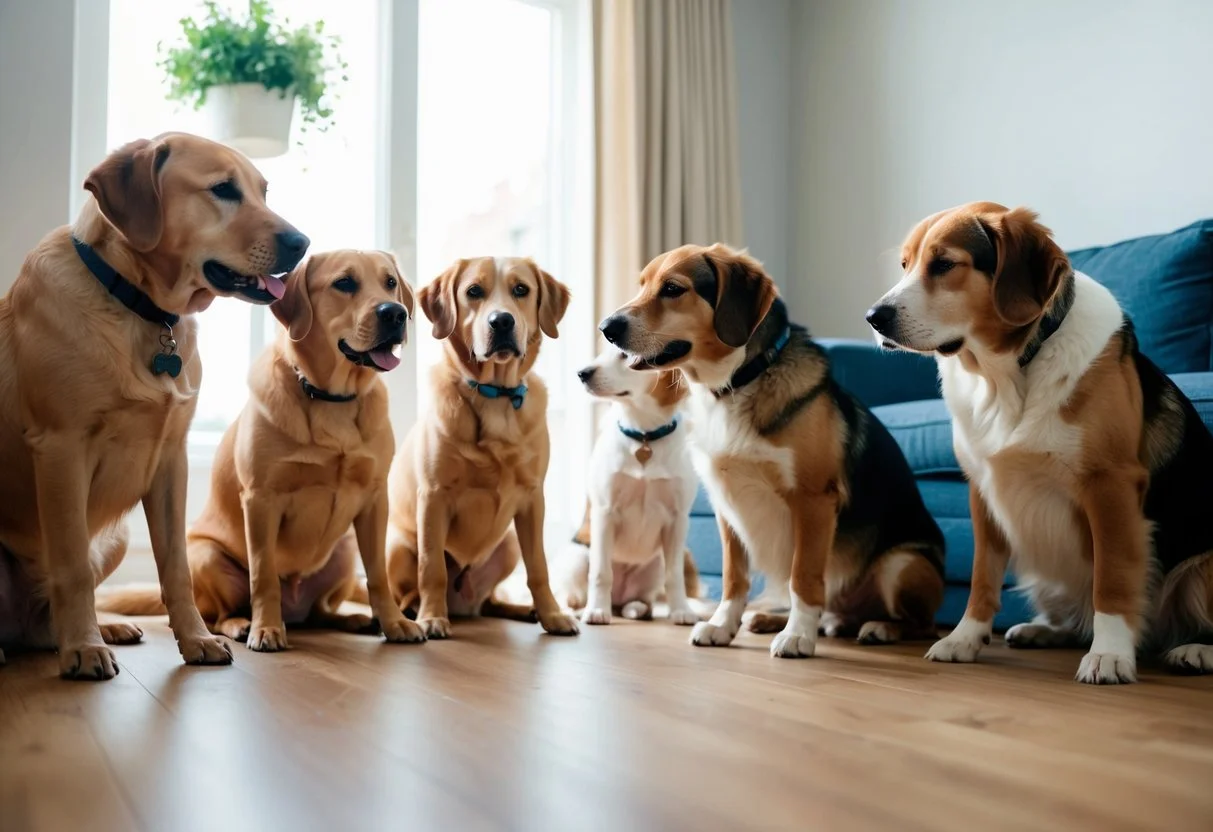
Bringing a new pet into a home with an older dog takes careful planning. I’ll share some tips on choosing the right companion and setting ground rules to make the transition easier for everyone.
Choosing the Right Companion
When I’m looking for a new pet to join my senior dog, I consider energy levels. A calm, older dog might do better with a laid-back adult dog rather than a high-energy puppy. I think about size too. A small dog might be less intimidating to my older pet.
I always check the new dog’s health history. A vet should examine both pets before meeting. This helps prevent the spreading of illnesses. Personality is key. I look for a dog that’s friendly and not too pushy. This can help my senior dog feel more at ease.
Setting Expectations and Ground Rules
Before bringing the new pet home, I set up separate spaces for each dog. This gives my senior dog a safe spot to retreat if needed. I plan short, supervised meetings at first. I keep things calm and positive during these introductions. Dogs can pick up on my mood, so I stay relaxed.
I make sure to give my senior dog extra attention. This helps them feel secure and loved during the change. I set a routine for feeding, walks, and playtime. This structure helps both dogs adjust to their new life together.
The Senior Dog Community: Finding Support
Connecting with other senior dog owners can be incredibly helpful. Local pet stores often host meetups where I can chat with people facing similar challenges. Online forums and social media groups are great, too. I can ask questions and get advice from experienced pet parents anytime.
Creating a Safe Space
When bringing a new pet into a home with senior dogs, setting up safe spaces for both animals is crucial. This helps reduce stress and allows for a smoother transition. I’ll cover how to adjust your home for your senior dogs and create separate areas for the new addition.
Home Adjustments for Your Senior Dog
I recommend starting by making your senior dog’s favorite spots even cozier. Add extra padding to their bed or place it in a quieter corner. Keep their food and water bowls in familiar locations. I’ve found that using baby gates can help create a senior-only zone where your older pup can retreat when feeling overwhelmed.
Consider your senior dog’s mobility needs. Place non-slip mats on slippery floors and ensure easy access to their favorite resting spots. I always keep their routine as consistent as possible during this transition period.
Separate Areas for the New Pet
I suggest setting up a designated space away from your senior dog’s area for the new addition. This could be a spare room, a living room corner, or even a large crate with comfy bedding. The goal is to give the new pet a sense of security while they adjust. In this space, include:
-
A cozy bed or crate.
-
Toys and chews.
-
Food and water bowls.
-
A litter box (for cats).
I ensure this area is in a quiet part of the house, away from high-traffic zones. This allows the new pet to observe household activities without feeling overwhelmed. Gradually, I introduced supervised interactions between the pets, ensuring each animal has a safe space to retreat if needed.
Separate Areas for the New Pet
I suggest setting up a designated space away from your senior dog’s area for the new addition. This could be a spare room, a living room corner, or even a large crate with comfy bedding. The goal is to give the new pet a sense of security while they adjust. In this space, include:
-
A cozy bed or crate.
-
Toys and chews.
-
Food and water bowls.
-
A litter box (for cats).
I ensure this area is in a quiet part of the house, away from high-traffic zones. This allows the new pet to observe household activities without feeling overwhelmed. Gradually, I introduced supervised interactions between the pets, ensuring each animal has a safe space to retreat if needed.
Introduction Process
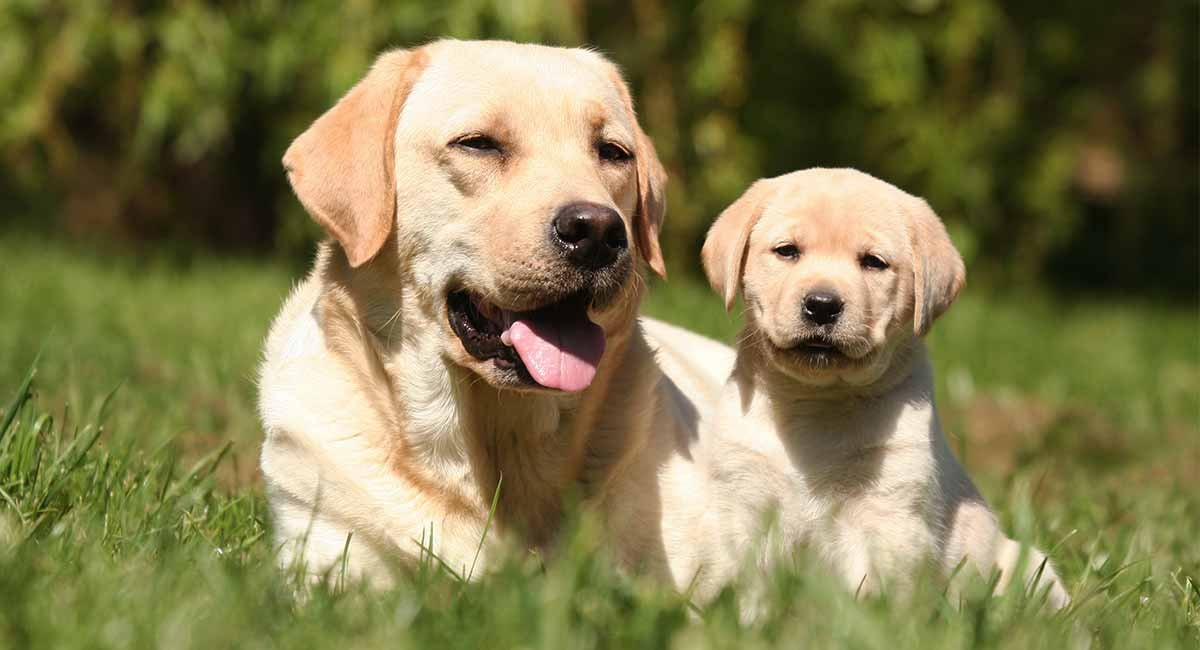
Bringing a new dog into a home with senior dogs requires careful planning and patience. A smooth transition helps senior dogs and the new addition adjust and form a positive relationship.
First Impressions Matter
The first meeting is crucial when introducing a new dog to your senior pup. I recommend choosing a neutral location, like a park or quiet street. This helps prevent territorial behavior from your older dog.
Keep both dogs on leashes and let them approach each other calmly. Watch their body language closely. Wagging tails and relaxed postures are good signs.
If either dog shows signs of stress or aggression, I suggest ending the meeting and trying again another day. Short, positive interactions are key in the beginning.
Observation and Interaction
Once the initial meeting goes well, I find bringing the new dog home gradually helpful. Start with short visits, always supervising their interactions. I like creating separate spaces for each dog, with beds, toys, and food bowls.
This prevents resource guarding and gives your senior dog a safe retreat. Walking the dogs together can be a great bonding activity. It allows them to share a positive experience without direct pressure to interact.
Building a Bond
As the dogs become more comfortable, I encourage supervised playtime. Keep sessions short initially, gradually increasing duration as they get along better. I make sure to give my senior dog extra attention during this time. They mustn’t feel replaced or neglected.
Engaging both dogs in activities they enjoy can help strengthen their bond. This might include gentle games or treat-sharing exercises. Patience is key. It may take weeks or even months for the dogs to fully adjust to each other. I always celebrate small victories and maintain a positive attitude throughout the process.
Training and Behavior Management
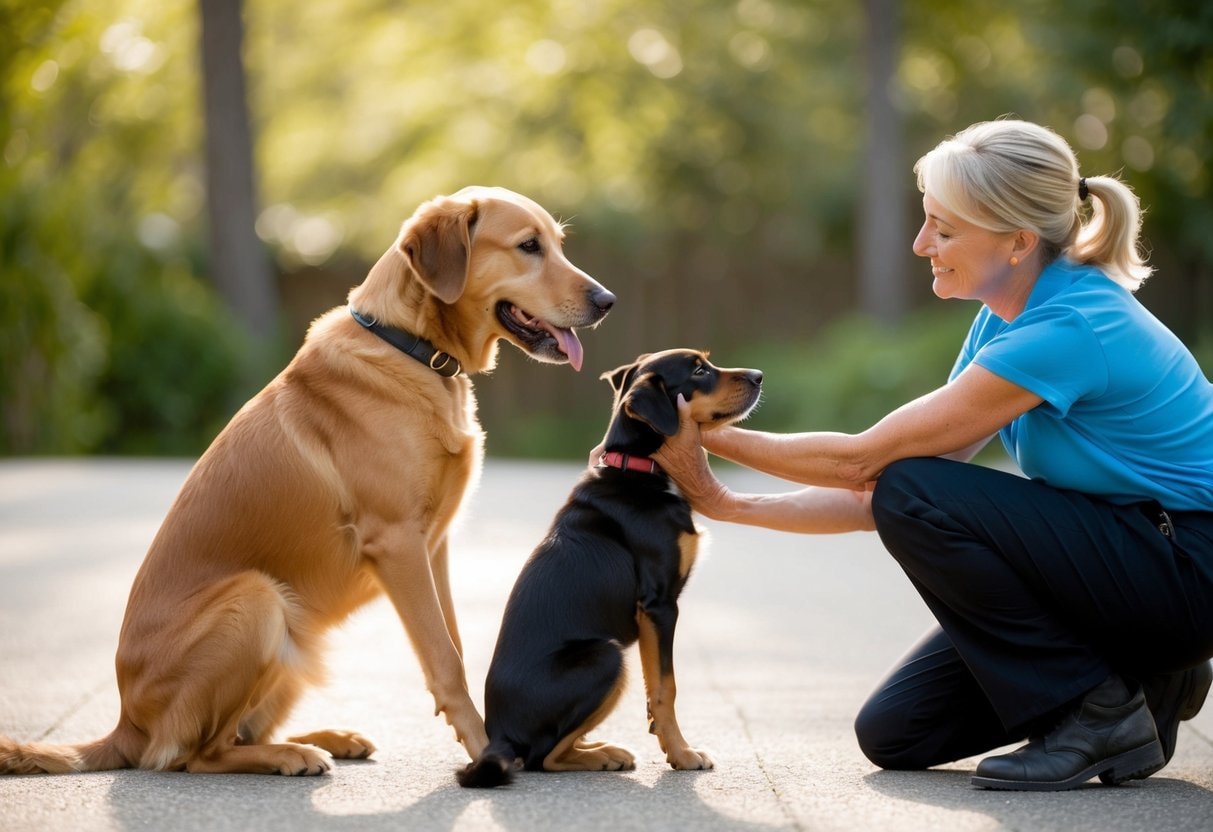
Training your Senior Dogs and managing their behavior is key when introducing a new pet. It helps create a peaceful home for everyone. I’ll share some effective techniques to make this process easier.
Positive Reinforcement Techniques
I always use treats and praise to reward good behavior in my senior dog. I give them a small treat when they stay calm around the new pet. This helps them associate the newcomer with positive experiences. I also use a happy voice to praise them for being gentle.
I’ve found that clicker training works well too. I click when my older dog behaves nicely, then give a treat. This method teaches them to share toys or food bowls with the new addition. For anxious seniors, I use calming aids like special diets or supplements. These can help reduce stress during the transition period.
Consistency is Key
I make sure to stick to a routine when training my senior dog. Consistency helps them feel secure and understand what’s expected. I set regular times for walks, meals, and playtime with both pets.
I use the same commands and hand signals every time. This avoids confusion, especially if my older dog has hearing issues. I also make sure all family members use the same training methods.
I’ve noticed that senior dogs might need more time to learn new behaviors. I keep training sessions short, about 5-10 minutes, to prevent fatigue. Patience is crucial – I never rush or scold my older pet.
Regular Vet Visits
I recommend taking your senior dog for vet check-ups more often when introducing new pets. These visits help catch any health issues early. Comprehensive testing is important for older dogs. It includes blood work, urine tests, and thyroid checks. I suggest asking your vet about the following:
- Joint health and mobility.
- Dental care needs.
- Vision and hearing changes.
- Medication adjustments.
Don’t forget to update vaccines if needed. This protects your senior dog and new pets alike.
Monitoring Stress and Anxiety
I always watch for signs of stress in senior dogs during big changes. These can include:
-
Excessive panting or drooling.
-
Loss of appetite.
-
Unusual aggression or hiding.
Quality sleep is super important for older dogs. I ensure my senior pup has a quiet, comfy spot to rest away from new activities. Exercise helps reduce stress, too. I take my older dogs for gentle walks to keep them active and calm. If stress persists, I talk to my vet. They might suggest calming aids or behavior training to help my senior dog adjust.
Senior Dogs: Ongoing Support and Care
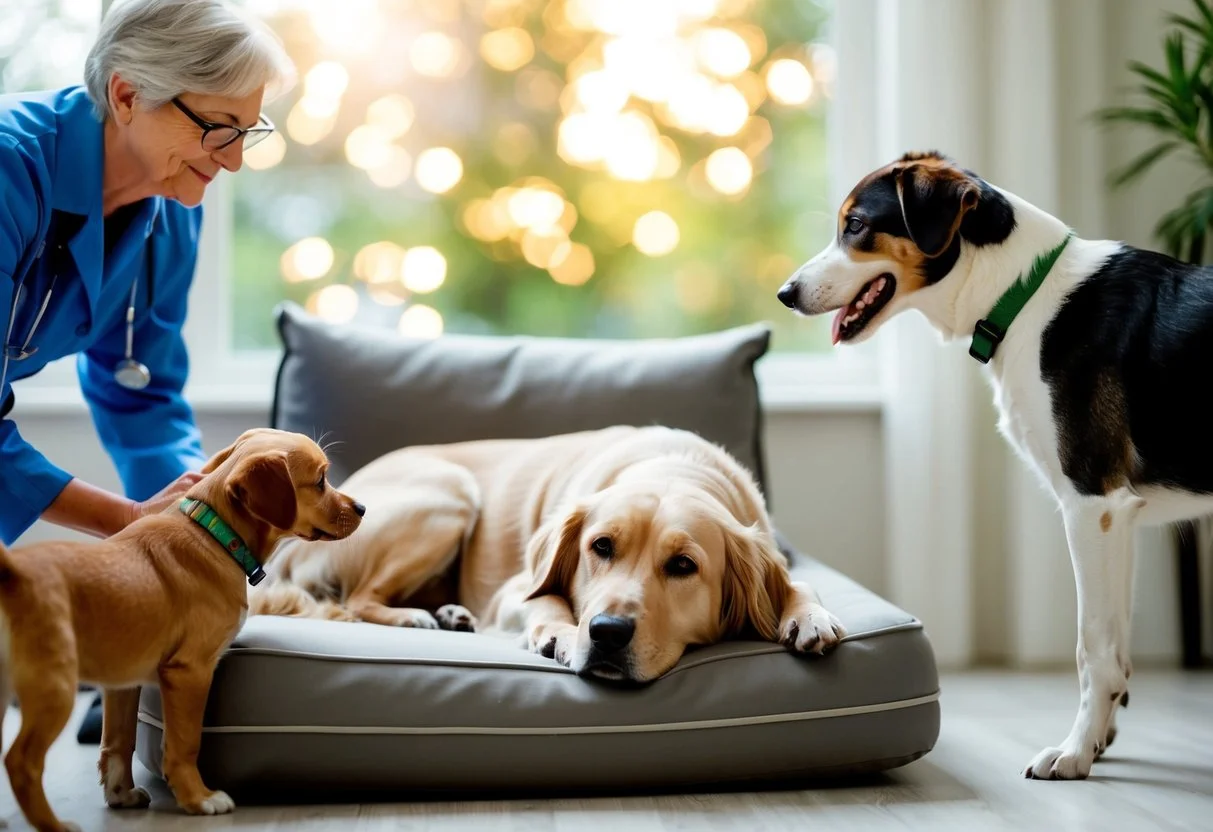
Caring for a senior dog while introducing a new pet requires patience and attention. I’ll share key tips to help both pets thrive in their new family dynamic.
Maintaining Routine
I find that keeping a consistent schedule is crucial for older dogs. I stick to regular meal times, walks, and bedtimes. This helps my older pup feel secure amid changes.
I make sure to give my senior dog one-on-one time each day. This could be a gentle play session or just quiet cuddles. It reminds them they’re still loved and important.
I also keep up with vet check-ups. Regular health screenings are vital for catching age-related issues early.
Special Considerations for Senior Pets
I’ve learned that older dogs often need extra care. I provide soft bedding in quiet areas where they can rest undisturbed by the new pet. I’m careful to minimize loud noises that might stress my older dog. I create a calm environment to help them feel safe and relaxed.
I pay close attention to my senior dog’s mobility. I use non-slip mats on slippery floors to prevent falls. I also keep their food and water easily accessible. I watch for signs of pain or discomfort in my senior pet. If I notice any changes in behavior or appetite, I immediately consult my vet.
Here’s an additional video about introducing a new dog to a senior dog.
By: Suburban K9 Dog Training
Creating Harmony: Ensuring a Smooth Transition for Senior Dogs and New Additions
Welcoming a new pet into a home with senior dogs requires patience, understanding, and thoughtful planning. Senior dogs thrive on routine and familiarity, so gradual introductions and creating safe spaces are essential. Maintaining consistency while paying close attention to each pet’s unique needs helps foster a harmonious relationship. With time, proper training, and ongoing support, senior dogs and new additions can form a bond that enriches their lives and brings joy to the household.

The journey of blending pets isn’t always easy, but it is deeply rewarding. By focusing on the well-being of your senior dog and nurturing their adjustment to the newcomer, you can create a balanced and loving environment for all. With love, care, and a little patience, your home can become a haven where pets of all ages coexist happily, sharing companionship and comfort.
Frequently Asked Questions
Helping senior dogs adjust to new additions can be tricky. I’ll answer some common questions about making this transition smoother for older pets and their families.
What Are Some Effective Ways to Help an Older Dog Adjust to a New Puppy in the Household?
I find that gradual introductions work best. Start with short, supervised meetings in a neutral area. Give the senior dog a quiet space to retreat to when needed. Maintain the older dog’s routines and provide lots of one-on-one attention. Positive reinforcement helps, too. Reward calm behavior from both dogs. Make sure the puppy doesn’t pester the older dog too much.
How Long Does It Take for a Senior Dog to Feel Comfortable With a New Canine Addition to the Family?
In my experience, it usually takes 2-4 weeks for a senior dog to adjust. Some may adapt quicker, while others might need a few months. Every dog is different, so be patient and watch for signs of progress.
What Strategies Can Facilitate a Smooth Transition for a Senior Dog When Changing Owners?
I recommend keeping the dog’s routine as consistent as possible. Bring familiar items like beds and toys to the new home. Give the dog time to explore its new environment at its own pace. Spend quality time bonding with the senior dog. Be patient and provide a calm, secure space for them to retreat when feeling overwhelmed.
Paws, Play, and Connect with Us!
Dive into a world of wagging tails and happy paws! Explore:
- Facebook for community vibes and stories.
- Instagram for adorable dog moments.
- Pinterest for creative dog-friendly ideas.
- X for quick tips and updates.
- YouTube for entertaining videos and product reviews.
Join fellow dog lovers and connect with furry friends today!
